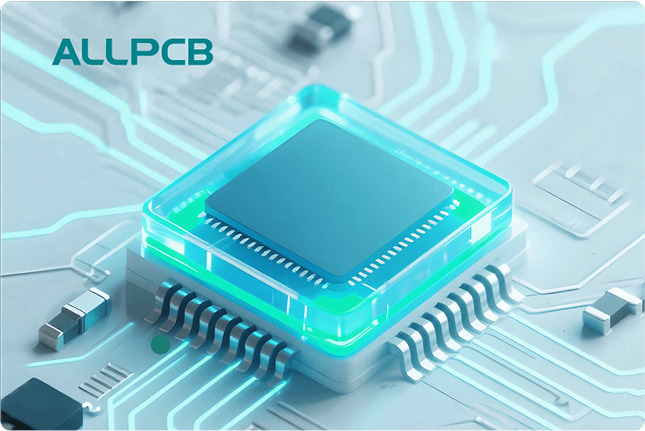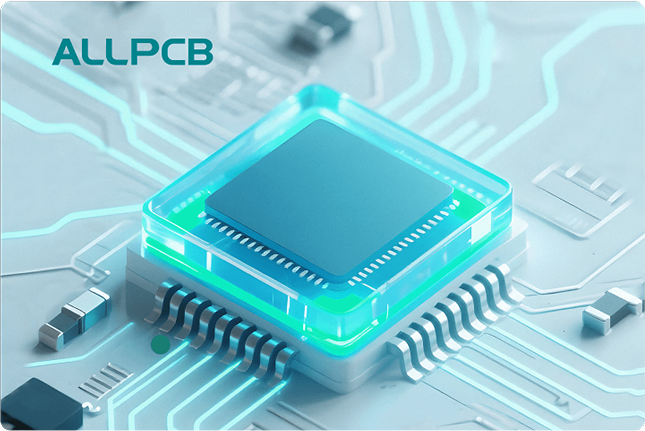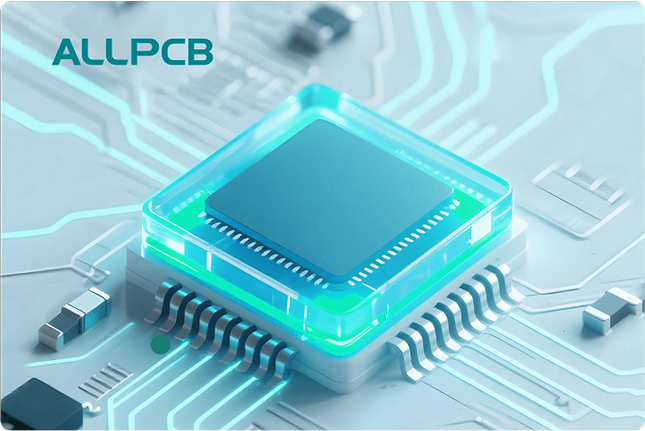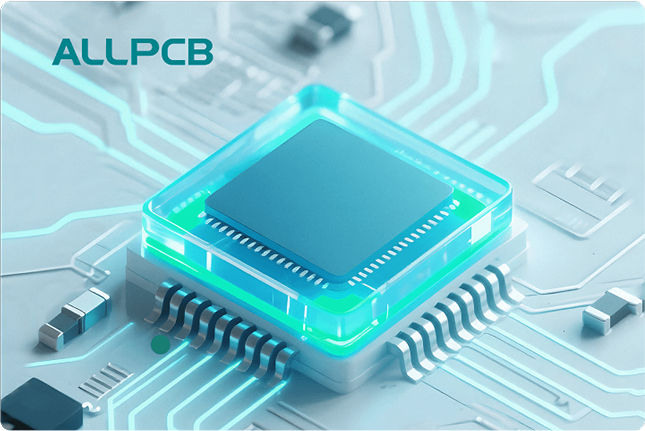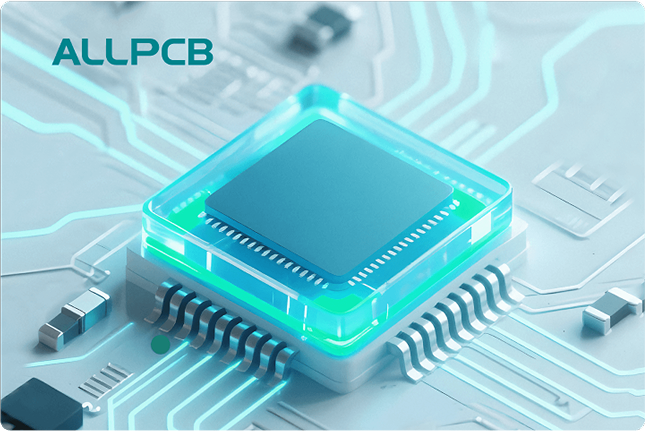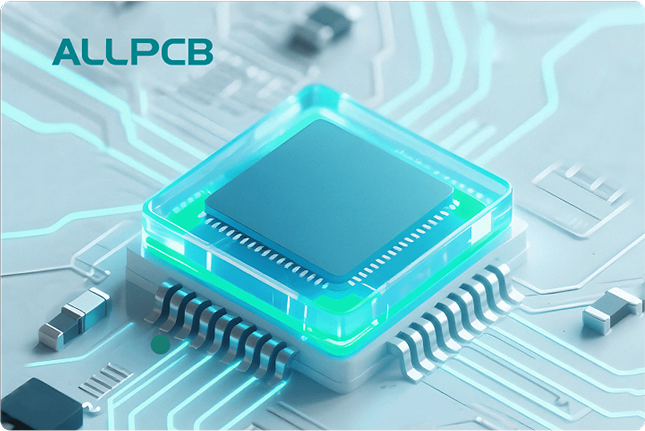If you're new to electronics and looking to master the art of soldering, you're in the right place. This guide will introduce you to solder wire for beginners, explain the different types available, and walk you through easy solder techniques for manual assembly. Whether you're searching for the best solder wire for learning, a solder wire starter kit, or ideas for solder practice projects, we've got you covered with practical tips and step-by-step advice. Let's dive into the world of soldering and help you build a strong foundation for your projects.
Why Soldering Matters for Beginners
Soldering is a fundamental skill for anyone working with electronics. It’s the process of joining two or more metal components using a filler material called solder, which melts at a low temperature to create a strong electrical and mechanical bond. For beginners, learning to solder opens the door to creating and repairing circuits, assembling projects, and even designing custom electronics. With the right tools and techniques, soldering can be both accessible and rewarding.
Understanding Solder Wire: What You Need to Know
Solder wire is the material used to create connections between components. It typically comes in a spool or roll and is made of a metal alloy that melts when heated by a soldering iron. For beginners, choosing the right solder wire can make a big difference in the ease of learning and the quality of your work. Let’s break down the essentials.
What Is Solder Wire?
Solder wire is a fusible metal alloy, often composed of tin and lead or lead-free alternatives like tin and copper. When heated, it melts and flows into the joint between two metal surfaces, creating a secure bond as it cools. Most solder wire for beginners includes a flux core, a chemical agent that cleans the metal surfaces during soldering to ensure a strong connection.
Types of Solder Wire for Beginners
Not all solder wire is the same. Here are the main types you’ll encounter as a beginner, along with their pros and cons for manual assembly:
- Lead-Based Solder (60/40 Tin-Lead): This traditional solder wire consists of 60% tin and 40% lead. It melts at a low temperature (around 183°C or 361°F), making it easy to work with for beginners. However, due to health and environmental concerns, its use is less common today.
- Lead-Free Solder (Tin-Copper or Tin-Silver-Copper): Lead-free options are safer and more environmentally friendly. A common composition is 99.3% tin and 0.7% copper, melting at a slightly higher temperature (around 227°C or 441°F). While it requires more heat, it’s the recommended choice for beginners learning today.
- Flux-Core Solder: Many solder wires come with a flux core, which helps clean the metal surfaces during soldering. For beginners, flux-core solder is ideal as it simplifies the process by eliminating the need for separate flux application.
- Different Diameters: Solder wire comes in various thicknesses, typically ranging from 0.5mm to 1.5mm. For most beginner projects, a diameter of 0.8mm to 1.0mm is perfect as it offers good control and versatility.
For those just starting, lead-free flux-core solder with a 0.8mm diameter is often considered the best solder wire for learning due to its safety and ease of use.
Essential Tools for Soldering: Building Your Solder Wire Starter Kit
Before you start soldering, you’ll need a basic set of tools. A well-rounded solder wire starter kit ensures you have everything necessary for manual assembly. Here’s what to include:
- Soldering Iron: A 20-40 watt soldering iron with a fine tip is ideal for beginners working on small electronics. Adjustable temperature models (300-400°C or 572-752°F) offer more control.
- Solder Wire: Start with a small spool (50-100g) of lead-free flux-core solder, 0.8mm to 1.0mm in diameter.
- Soldering Stand: A stand with a sponge for cleaning the iron tip keeps your workspace safe and organized.
- Wire Cutters and Strippers: These help prepare wires for soldering by cutting and removing insulation.
- Helping Hands Tool: This tool holds components in place with adjustable clips, making it easier to solder small parts.
- Desoldering Braid or Pump: Useful for correcting mistakes by removing excess solder.
- Safety Gear: Wear safety glasses to protect your eyes from solder splashes, and work in a well-ventilated area to avoid inhaling fumes.
With these tools, you’ll have a solid foundation to begin practicing soldering techniques. Many online stores offer pre-assembled starter kits that include most of these items at a reasonable price, often under $30-50.
Easy Solder Techniques for Beginners
Mastering easy solder techniques is key to successful manual assembly. Soldering may seem intimidating at first, but with practice, it becomes second nature. Follow these steps to get started.
Step 1: Prepare Your Workspace
Set up a clean, well-lit area with all your tools within reach. Ensure proper ventilation to avoid inhaling solder fumes. Lay down a heat-resistant mat to protect your surface from burns.
Step 2: Tin the Soldering Iron Tip
Before soldering, “tin” the tip of your iron by heating it to operating temperature (around 300°C or 572°F for lead-free solder) and applying a thin layer of solder. This prevents oxidation and ensures better heat transfer. Wipe the tip on a damp sponge to remove excess solder, leaving a shiny coating.
Step 3: Prepare Components
If soldering wires, strip about 5-10mm of insulation from the ends using a wire stripper. Twist the exposed strands together to prevent fraying. For circuit boards, insert components into the correct holes and bend the leads slightly to hold them in place.
Step 4: Heat the Joint
Place the soldering iron tip on the joint where the component meets the board or wire. Hold it there for 2-3 seconds to heat both surfaces evenly. Avoid applying too much pressure, as this can damage delicate components.
Step 5: Apply Solder Wire
Touch the solder wire to the heated joint (not the iron tip). The solder should melt and flow smoothly around the joint within 1-2 seconds, creating a shiny, cone-shaped connection. Use just enough solder to cover the joint—typically 1-2mm of wire is sufficient for small connections.
Step 6: Cool and Inspect
Remove the soldering iron and let the joint cool naturally for 5-10 seconds. Do not blow on it or move the components during cooling, as this can create a weak “cold solder joint.” Inspect the connection; it should be smooth and shiny, not dull or lumpy.
Common Soldering Mistakes to Avoid
As a beginner, it’s normal to make mistakes. Here are some common issues and how to prevent them:
- Cold Solder Joints: These occur when the joint isn’t heated enough, resulting in a dull, weak connection. Ensure both surfaces are properly heated before applying solder.
- Excess Solder: Using too much solder can create blobs that may short-circuit nearby components. Apply only a small amount and use desoldering braid to remove excess if needed.
- Overheating Components: Prolonged heat can damage sensitive parts. Limit soldering time to 3-5 seconds per joint and use a heat sink (like a small alligator clip) on delicate components.
Solder Practice Projects for Beginners
Hands-on practice is the best way to improve your skills. Here are a few simple solder practice projects to build confidence:
- Wire-to-Wire Connection: Take two pieces of insulated wire, strip the ends, and solder them together. This teaches basic wire preparation and soldering technique. Aim for a smooth, shiny joint that holds firm when tugged.
- LED Circuit on a Breadboard: Solder wires to an LED and a resistor, then connect them to a small battery. This project introduces component soldering and basic circuit assembly.
- Simple PCB Kit: Purchase a beginner-friendly printed circuit board kit, such as a blinking LED or buzzer circuit. These kits often come with step-by-step instructions and are great for practicing soldering on a board.
Start with projects that match your skill level, and gradually move to more complex assemblies as you gain confidence. Each project will help refine your technique and teach you how to handle different components.
Tips for Choosing the Best Solder Wire for Learning
Selecting the best solder wire for learning depends on your projects and preferences. Here are some tips to guide your choice:
- Opt for Lead-Free: For safety and environmental reasons, choose lead-free solder unless you’re working on specific vintage repairs requiring lead-based solder.
- Look for Flux-Core: Flux-core solder simplifies the process by combining flux and solder in one product, reducing the steps needed for a clean joint.
- Check Diameter: A 0.8mm to 1.0mm diameter is versatile for most beginner tasks, offering control without being too thin or thick.
- Buy Small Quantities First: Start with a 50g or 100g spool to test different brands and compositions before committing to a larger purchase.
Safety Tips for Soldering
Soldering involves heat and potentially harmful fumes, so safety is crucial. Follow these guidelines to protect yourself:
- Work in a well-ventilated space or use a fume extractor to avoid inhaling solder fumes.
- Never touch the soldering iron tip, which can reach temperatures over 300°C (572°F).
- Keep a fire extinguisher nearby in case of accidents, as molten solder can ignite flammable materials.
- Wash your hands after soldering to remove any residue, especially if using lead-based solder.
Conclusion: Start Your Soldering Journey Today
Soldering is a valuable skill that every electronics enthusiast should learn. By understanding the types of solder wire for beginners, assembling a solder wire starter kit, and practicing easy solder techniques, you’ll be well on your way to mastering manual assembly. Try out simple solder practice projects to build your skills, and always prioritize safety in your workspace. With the right tools and the best solder wire for learning, you’ll soon be creating and repairing electronics with confidence.
Take the first step today by gathering your tools and starting with a basic project. Each connection you make will bring you closer to becoming a skilled solderer, ready to tackle more advanced designs and assemblies.
 ALLPCB
ALLPCB


